Optimal Timing for Mudjacking
Mudjacking is a method used to lift and stabilize sunken concrete slabs by pumping a mixture of soil, cement, and other materials beneath the surface. It is commonly applied to residential and commercial slabs such as driveways, sidewalks, and patios. Proper timing of mudjacking can ensure optimal results and longevity of the repair.
Mudjacking is best performed during moderate temperatures with minimal rainfall to ensure the mixture sets properly.
Cold temperatures can hinder the curing process, making spring or early summer ideal times for mudjacking.
Dry weather prevents excess moisture from compromising the mudjacking mixture and ensures better adhesion.
Spring is suitable for mudjacking after winter freeze-thaw cycles have caused ground shifting and slab settling.
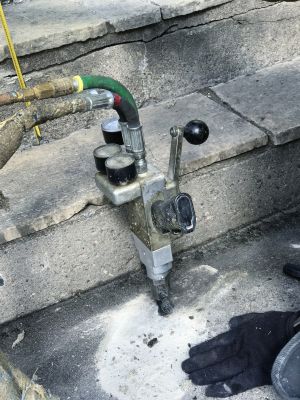
A technician applying mudjacking mixture beneath a concrete slab.

A driveway being lifted during the spring season to correct uneven slabs.
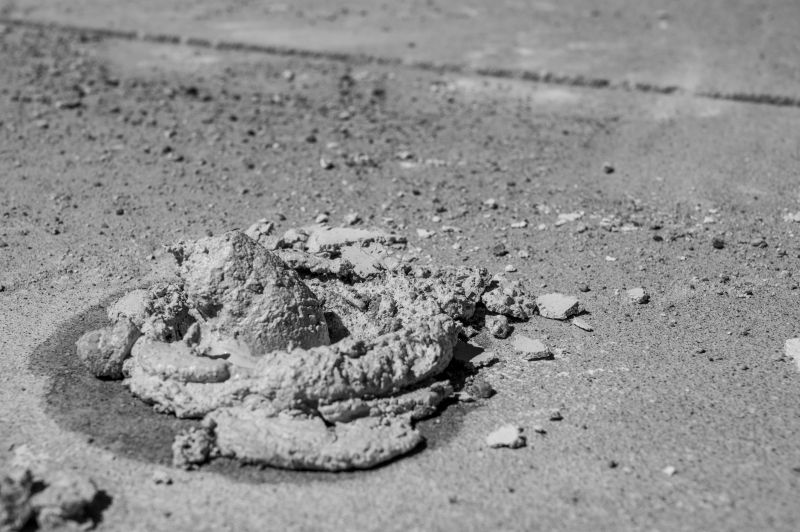
A crew performing mudjacking on a sunny day with clear skies.
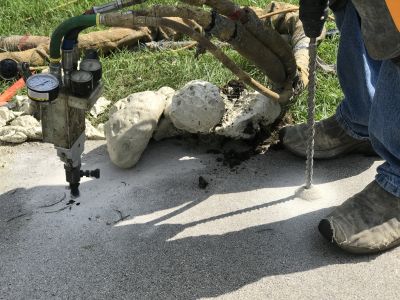
Ways to make Mudjackings work in tight or awkward layouts.

Popular materials for Mudjackings and why they hold up over time.

Simple add-ons that improve Mudjackings without blowing the budget.
Mudjacking is a cost-effective and efficient method for repairing sunken concrete slabs. It involves injecting a specialized mixture into the ground beneath the slab to lift and stabilize it. The process is quick, minimally invasive, and can restore the original alignment of the surface, preventing further damage and safety hazards. Proper timing, based on weather and soil conditions, enhances the durability of the repair and minimizes the risk of future settling.
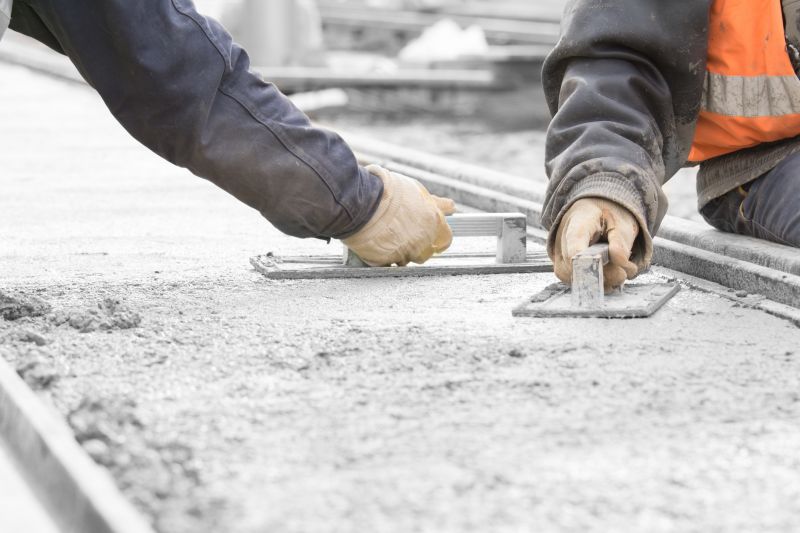
A cross-section illustrating the lifting of a concrete slab via injected material.
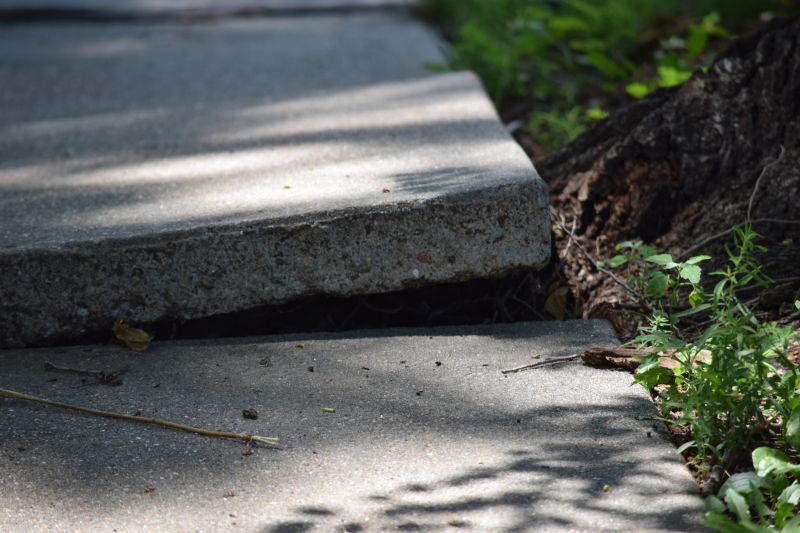
Image showing soil expansion and contraction impacting slab stability.

Concrete slab lifted during spring to address winter settling.
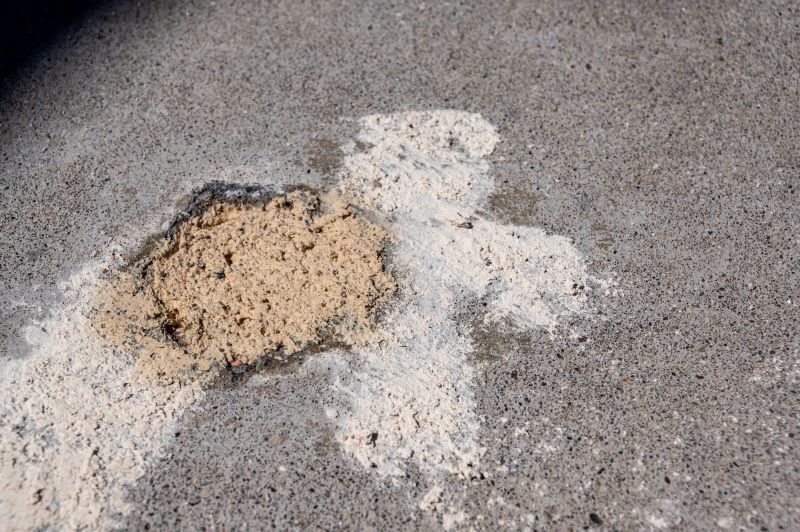
Mudjacking performed during a dry season for optimal curing.
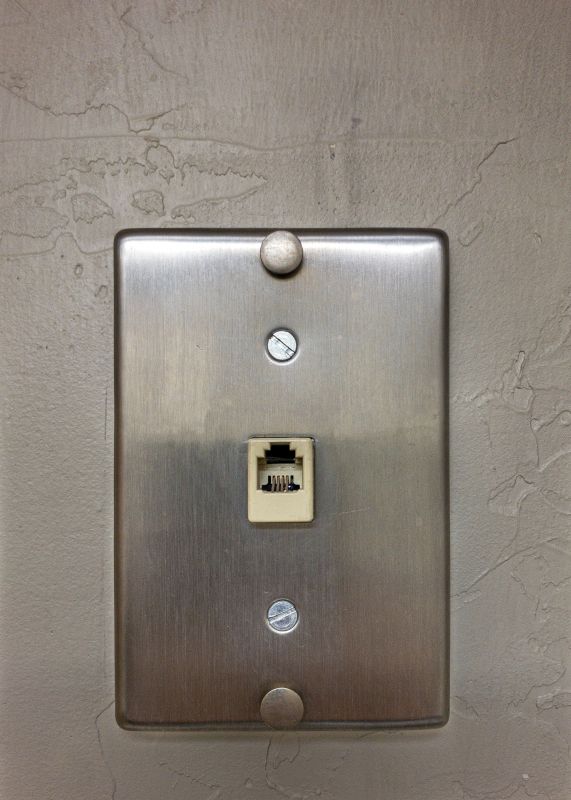
High-end options that actually feel worth it for Mudjackings.

Finishes and colors that play nicely with Mudjackings.
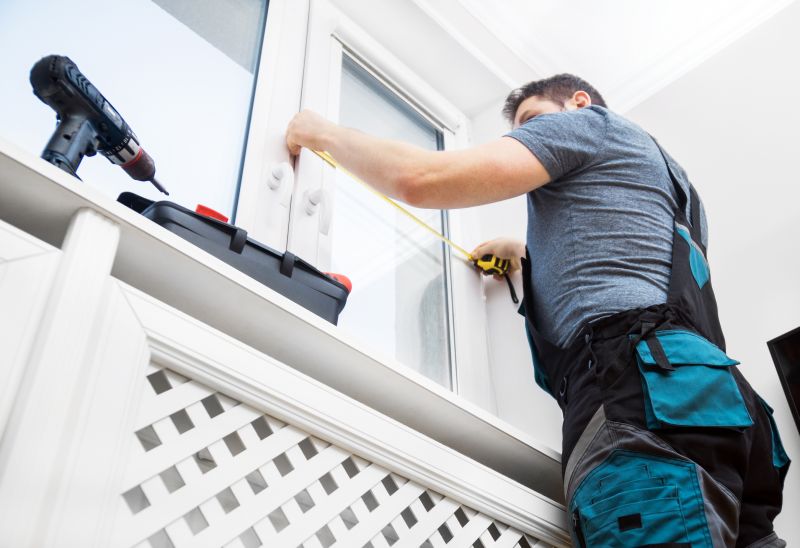
Little measurements that prevent headaches on Mudjackings day.
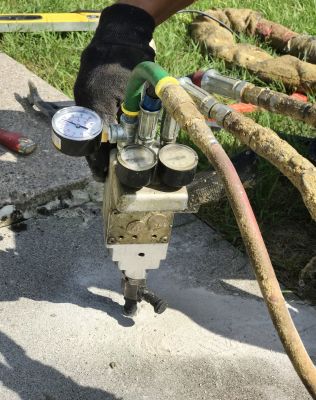
A 60-second routine that keeps Mudjackings looking new.

A frequent mistake in Mudjackings and how to dodge it.

Small tweaks to make Mudjackings safer and easier to use.
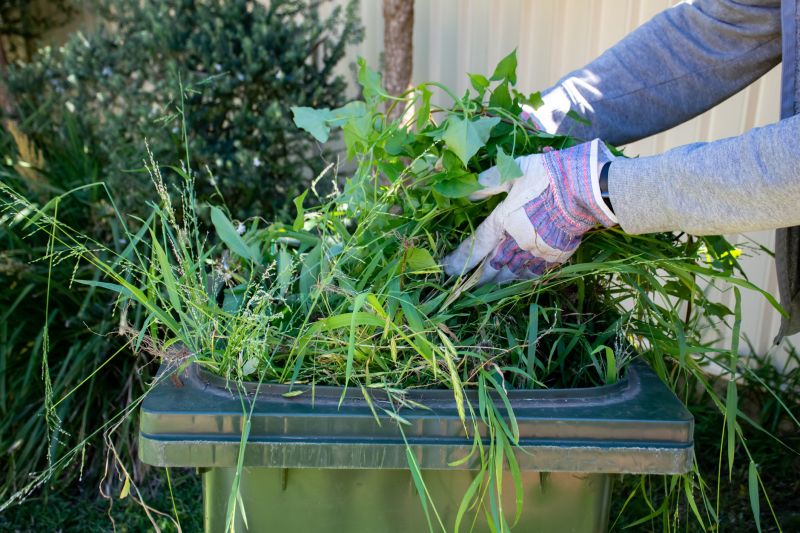
Lower-waste or water-saving choices for Mudjackings.

The short, realistic tool list for quality Mudjackings.
| Season | Ideal Conditions |
|---|---|
| Spring | Moderate temperatures, soil thawing, minimal rain |
| Summer | Warm weather, dry conditions, consistent temperatures |
| Fall | Cooler temperatures, dry weather, soil stabilization |
| Winter | Not recommended due to freezing temperatures and ground movement |
Timing mudjacking projects according to seasonal weather patterns can maximize effectiveness. Spring and early summer generally provide the best conditions for successful repairs, as moderate temperatures and dry conditions support proper curing and adhesion. Avoiding winter months prevents issues related to freezing and ground movement, which can compromise the stability of the repair.

A crew performing mudjacking during spring with blooming trees in the background.
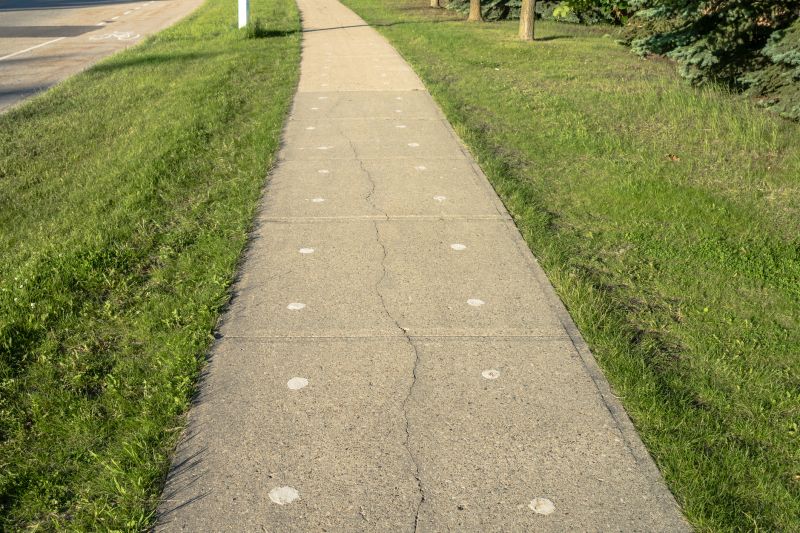
Concrete lifting on a sunny summer day.
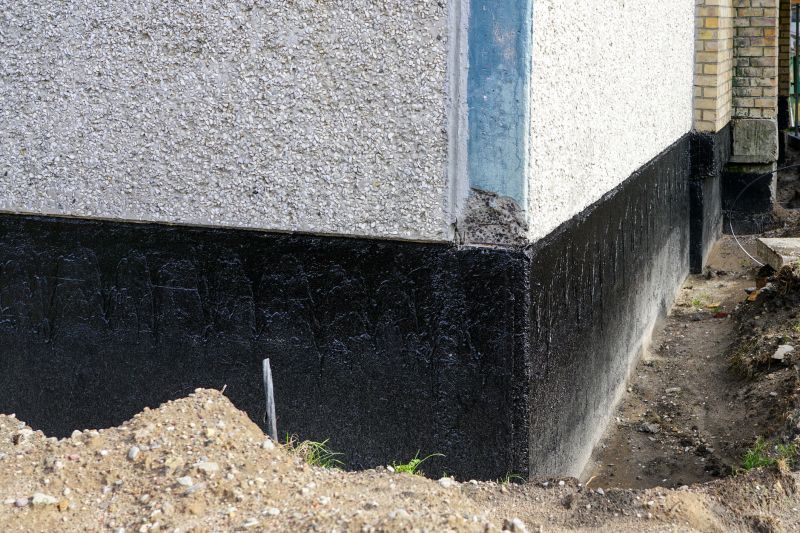
Addressing slab settling before winter sets in.
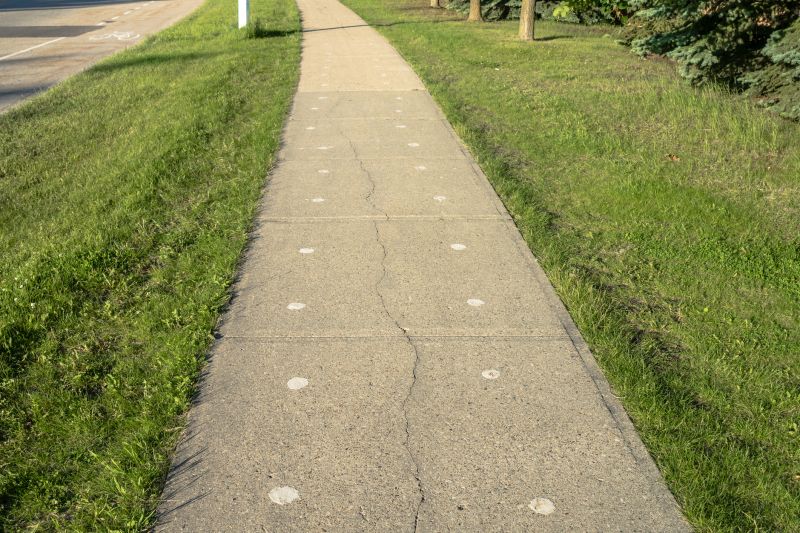
Mudjacking during winter is generally avoided due to freezing ground.
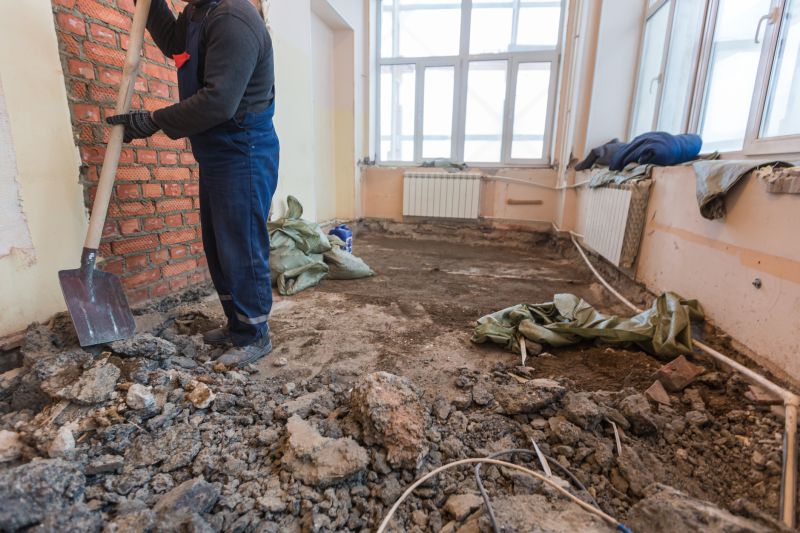
Rough timing from prep to clean-up for Mudjackings.

Quick checks and paperwork to keep after Mudjackings.

Examples that show the impact a good Mudjackings can make.

Ways to make Mudjackings work in tight or awkward layouts.

Ways to make Mudjackings work in tight or awkward layouts.

Ways to make Mudjackings work in tight or awkward layouts.
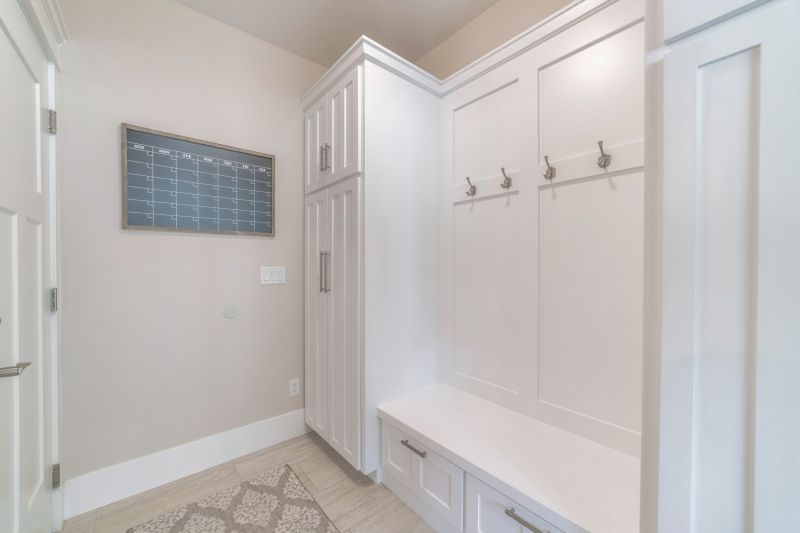
Ways to make Mudjackings work in tight or awkward layouts.

Ways to make Mudjackings work in tight or awkward layouts.
Choosing the right time for mudjacking can prevent future issues and extend the lifespan of the repair. Proper planning based on seasonal weather and soil conditions ensures the injected mixture cures correctly and remains stable over time. Consulting with a professional can provide guidance tailored to local climate patterns and ground conditions.
Individuals interested in mudjacking services are encouraged to contact for further information and scheduling. Proper timing and preparation are key to achieving long-lasting results and maintaining safe, level surfaces.
